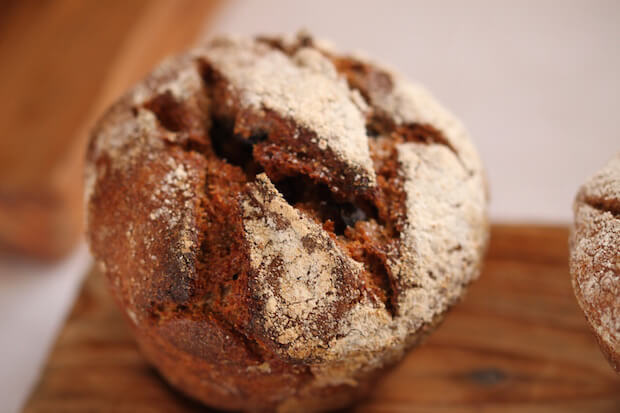
Science is fun when it’s applicable, and you can watch it happen before your eyes. One way to instil the idea that science is practical, is to teach kids about yeast and fermentation with food projects. Usually science chemistry lessons are taught in the kitchen with baking projects. But biology also happens in the kitchen with healthy foods like bread, kefir, yogurt, sauerkraut, ginger ale and kombucha. And, you don’t need an oven for most of these science projects. So they can happen more easily in classrooms with a few materials (and maybe a kettle or portable heating element).
In this three-part series we’ll give you ideas to teach fermentation kids about living microbes, biological multiplication, fungi, single-celled organisms, osmosis, ph levels and other ‘sciencey’ things with the projects we’ll mention below.
This subject may also lead into a health lesson on how yeast affects our bodies – both negatively and positively.
Let’s get started!
Teach kids about yeast growth with bread leaven and anaerobic fermentation
The most obvious place to start teaching kids about yeast is with bread, of course. How does that delicious flaky dough become so poofy? Through the active, living fungus that makes it so! In fact, you can see, without a microscope, all those air balloons that appear in the dough as the yeast produce a carbon dioxide byproduct.
Here are some lessons to pursue on the web about teaching kids about yeast with recipes like sourdough:
http://www.kidsdiscover.com/teacherresources/science-of-yeast-for-kids/ (get a starter on the lesson of yeast producing rising bread)
http://www.brighthubeducation.com/lesson-plans-grades-3-5/13436-science-project-is-it-alive/ (make a hypothesis and conclusion based on yeast bread experiments).
http://redstaryeast.com/science-yeast/yeast-experiments/ (learn how temperature and other environmental factors affect fermentation).
https://zerowastechef.com/2015/10/08/kitchen-science-for-kids-sourdough-starter-lesson-plan/ (show kids the difference between flat breads and rising breads, and why they’re different. Also get a history lesson on sourdough bread).
Teach kids about ph levels and acidity using fermented sauerkraut and kimchi
In our search to find resources on this subject, we found that the pickling of cabbage recipes like sauerkraut and kimchi brings in a lot of science vocabulary to teach kids.
In the sauerkraut and kimchi processes, we’re still dealing with anaerobic (i.e. low-oxygen surviving) bacteria. However, this time, they’re first going through osmosis. They are also living in salted water (brine). This is called lacto-fermentation. Not only that, but pickling this way has the aim of ‘bad’ bacteria dying off, while ‘good’ bacteria survive. All this results in lactic acid production, which means an acidic environment.for the surviving lactobacillus. And that brings us to the lesson on pH levels, among other things you could teach here.
Here are lessons on the subject, along with recipes:
http://www.sciencebuddies.org/science-fair-projects/project_ideas/FoodSci_p051.shtml#summary (a full-on science fair project with tons of info on “kimchi chemistry”)
http://www.bbc.com/future/story/20151022-the-secret-behind-kimichis-sour-taste (an interesting breakdown of how the DNA and microbes change among kimchi)
https://blogs.scientificamerican.com/lab-rat/the-science-of-sauerkraut-bacterial-fermentation-yum/ (gives some info on how sauerkraut can go bad, too)
http://bodyecology.com/articles/acidic-foods-and-acid-forming-foods-do-you-know-the-difference (a lot of science on how acidic foods can make your body alkaline)
http://olykraut.com/blog/the-stages-of-sauerkraut-fermentation/ (a description of the stages of fermentation when making sauerkraut, full of that science lingo, but not too much)
(more on the stages of fermentation when pickling sauerkraut)
Here is a video on making sauerkraut (pickled cabbage):
https://www.youtube.com/watch?v=ueAVPxQVCac
And, from the same creators, here is a video on making ‘vegan kimchi’:
https://www.youtube.com/watch?v=7HNTMFUiX-E
Here is a traditional kimchi recipe:
https://www.youtube.com/watch?v=eTucCw1w6Ak
Stay tuned for part 2 of this series on teaching kids about dairy fermentation
We’re breaking this topic up into a 3 part series. In part 2, we’ll talk about teaching kids about dairy fermentation. Kids can make kefir, yogurt and cheese at home or in the classroom. But more importantly, they’ll learn how the yeast they’re ‘playing’ around with in these science projects can transform foods in different ways.




